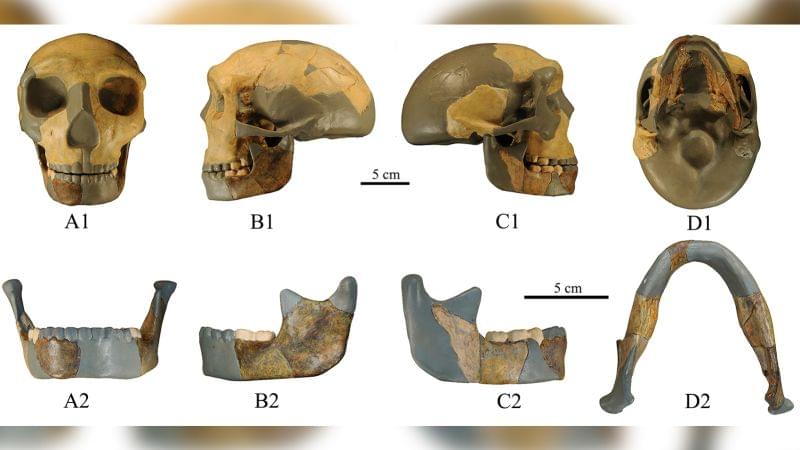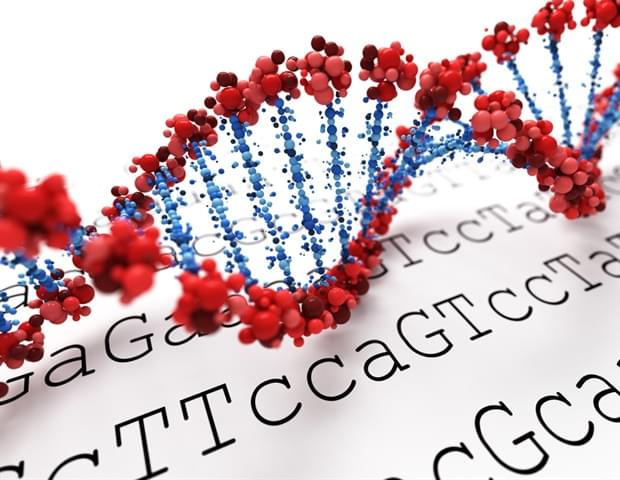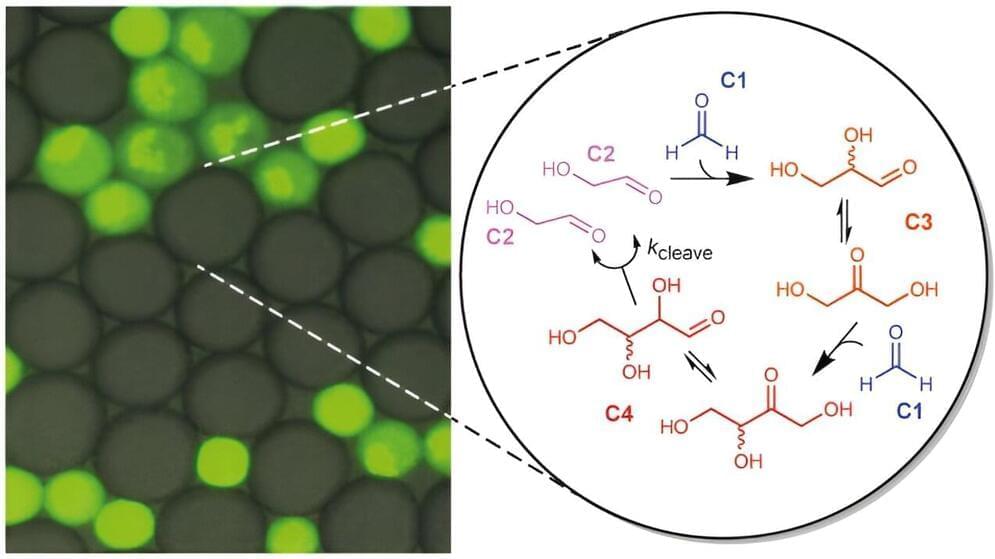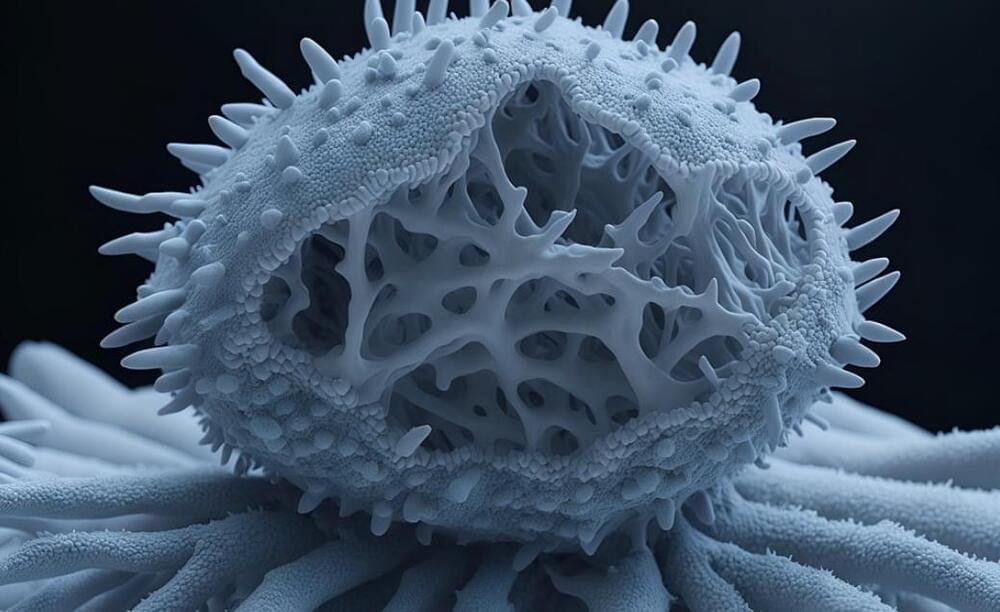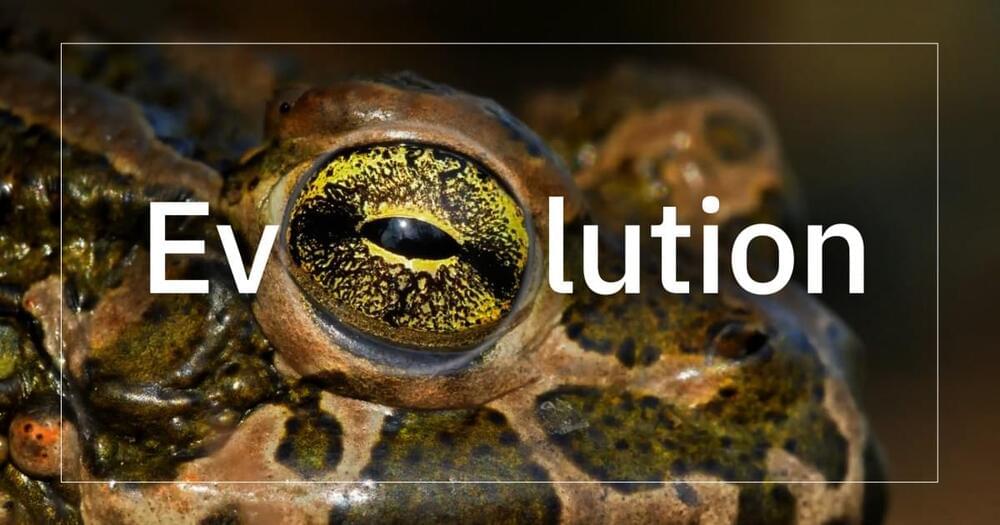Aug 15, 2023
Electron transport chains as a window into the earliest stages of evolution
Posted by Dan Breeden in categories: biological, chemistry, evolution, genetics
The origin and early evolution of life is generally studied under two different paradigms: bottom up and top down. Prebiotic chemistry and early Earth geochemistry allow researchers to explore possible origin of life scenarios. But for these “bottom–up” approaches, even successful experiments only amount to a proof of principle. On the other hand, “top–down” research on early evolutionary history is able to provide a historical account about ancient organisms, but is unable to investigate stages that occurred during and just after the origin of life. Here, we consider ancient electron transport chains (ETCs) as a potential bridge between early evolutionary history and a protocellular stage that preceded it. Current phylogenetic evidence suggests that ancestors of several extant ETC components were present at least as late as the last universal common ancestor of life. In addition, recent experiments have shown that some aspects of modern ETCs can be replicated by minerals, protocells, or organic cofactors in the absence of biological proteins. Here, we discuss the diversity of ETCs and other forms of chemiosmotic energy conservation, describe current work on the early evolution of membrane bioenergetics, and advocate for several lines of research to enhance this understanding by pairing top–down and bottom–up approaches.


